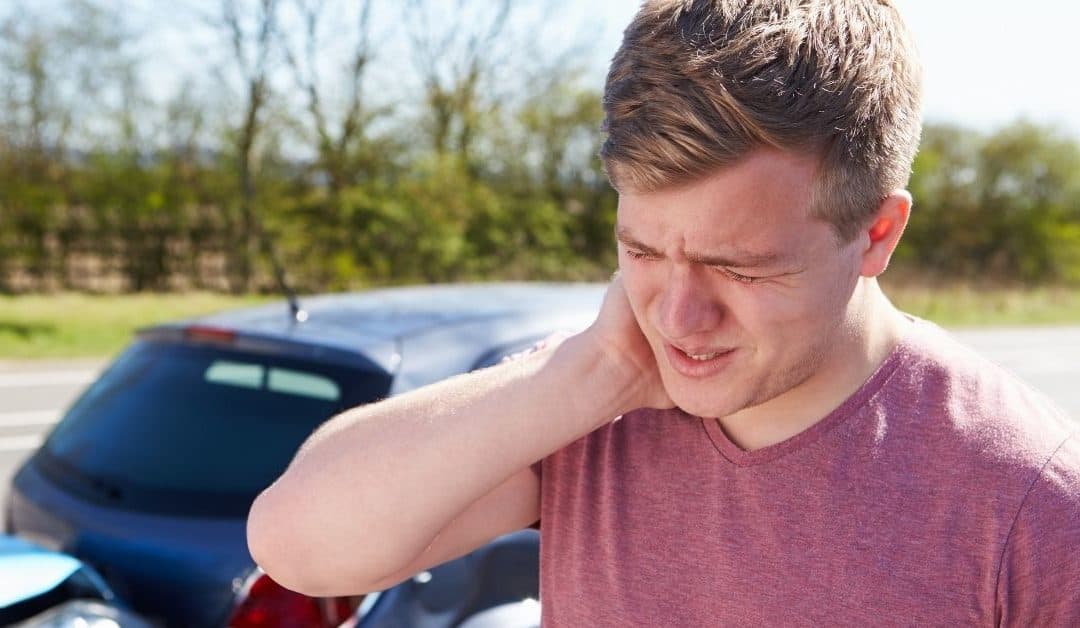Personal Injury Protection Coverage, also known as PIP Coverage, is just one piece of the auto insurance puzzle. This component covers medical expenses and lost wages after an accident regardless of who is responsible. While PIP Coverage can be considered a supplemental part of your policy, some states require drivers to obtain this as part of their overall car insurance policy.
Specifically, in Pennsylvania, the statutory minimum is $5,000, but quite frankly, if you can afford to, you should obtain more coverage just for additional security since the minimum can be quickly consumed by medical expenses.
Likewise, in New Jersey, the minimum is $250,000 which is definitely adequate coverage. Also, there are various types of PIP coverage in New Jersey. As a matter of fact, you can elect your healthcare insurance as the primary but the caveat is if the medical coverage pays for these expenses. That particular company will want your money returned. Furthermore, if there’s a limited amount in your PIP policy, and the healthcare insurance company asks repayment of benefits, that’s a dangerous, financial situation to be in. Thus, you should review your coverage with your lawyer to make sure you’re adequately protected. Contact us today to review.
Here’s an overview comparing how personal injury protection (PIP)—or its equivalent—works in **New Jersey and Pennsylvania, focusing on what it covers, what’s required, and key differences.
New Jersey
In New Jersey PIP is part of a no-fault auto-insurance regime. Your own insurer pays certain benefits regardless of who caused the crash. (NJ.gov)
What it covers:
- Medical expenses for injuries sustained in a covered automobile accident.
- Some non-medical benefits: lost wages, essential services (e.g., hiring someone to do chores you normally do) and a death/ funeral benefit. (Plymouth Rock)
- Coverage is for you (the insured) and typically resident family members, sometimes passengers, and pedestrians struck by a vehicle. (NJM)
Minimums and limits:
- The statutory minimum PIP medical expense benefit is $15,000 per person per accident.
- For more severe injuries (e.g., permanent brain, spinal cord injury or disfigurement), the limit can expand up to $250,000 per person per accident for medical expense benefits.
- Deductibles and copayments apply: for example insurers must offer a standard $250 deductible + 20% copay on medical expense benefits between $250 and $5,000.
- Policyholders may elect higher deductibles (e.g., $500, $1,000, $2,000 or $2,500) in exchange for reduced premium.
Other key points:
- You can designate your health insurer as primary for accident-related medical treatment; then your auto insurer’s PIP coverage would be secondary. But you must make a formal selection and maintain the health insurance. If your health insurance lapses, then your auto insurer must pay but you may face an extra deductible (e.g., $750) in some cases. (NJ.gov)
- If you only purchase the minimum $15,000 and you suffer bills beyond that, the amount above is not automatically covered; the court in New Jersey has held you cannot recover beyond your policy limit in many cases.
Pennsylvania
Pennsylvania uses a similar first-party benefit system under its no-fault law (called “First Party Benefits” or “Medical Benefits” rather than strictly PIP). (GetMoneyLaw)
What it covers:
- Medical expenses for you and covered persons injured in an auto accident, regardless of fault. (Leaders in Law)
- Optional additional benefits may be added (for lost wages, funeral benefits, “extraordinary medical benefits” for catastrophic injury) if elected.
Minimums and limits:
- Minimum medical benefit coverage: $5,000 per person for medical benefits on a standard policy. (GetMoneyLaw)
- Optional higher medical limits are available — e.g., up to $100,000 or more for catastrophic injuries, and “extraordinary medical benefits” coverage may go up to $1.1 million in some policies. (Leaders in Law)
- Note: The minimum $5,000 covers medical bills only. Coverage for lost wages, funeral, etc. is optional and provided via add-ons.
Other key points:
- Because the minimum limit is relatively low, many serious injury cases will quickly exhaust the benefit. After your first-party benefit is exhausted, you may turn to other coverages (health insurance, liability of the at-fault driver) for remaining costs. (law-pa.com)
- The law encourages or requires offering these benefits so that injured parties get quicker access to medical treatment rather than waiting on fault determination. (Leaders in Law)
- The policy also interacts with your choice of “full tort” vs “limited tort” in Pennsylvania: depending on your choice, your right to sue for pain and suffering may be different though that is somewhat separate from PIP/first-party benefits.
Key Differences: NJ vs PA Personal Injury Protection Coverage
- Coverage minimums: NJ requires a higher medical-benefit minimum ($15K) and allows expansion to up to $250K for serious injury; PA’s minimum is only $5K for medical benefits (higher amounts optional).
- Benefit scope: NJ’s standard PIP covers medical plus lost wages, essential services, funeral; in PA many of these are optional add-ons, not included in the minimum.
- Deductible/copay structure: NJ explicitly allows deductibles and copays for PIP (e.g., $250 + 20% copay). In PA, while optional benefits may have their own details, the law doesn’t emphasize the same deductible/copay mechanics for the mandatory minimum.
- What happens when limits are exceeded: In NJ you must be aware that if you selected only minimum and your bills exceed that, you may be personally responsible for amounts over your limit. In PA, the same issue applies and the minimum is low, so injury victims must consider whether to purchase higher coverage.
- Election of health insurer as primary: NJ allows you to pick your health insurer as primary for accident injuries (with trade-offs). PA doesn’t emphasize this option in the same way.
If you drive in either New Jersey or Pennsylvania, it’s important to understand that your PIP (or first-party benefits) coverage is your own insurer’s first payment source for medical treatment after an auto accident — regardless of fault. However, the amount of protection, the benefits included, and the risks of being under-insured vary significantly.
- In New Jersey, selecting only the minimum $15,000 may leave you exposed if you suffer serious injuries; consider opting for higher limits and check deductible/copay features.
- In Pennsylvania, carrying only the bare minimum $5,000 may still leave huge gaps, especially if you’re injured badly; adding optional benefits or higher medical limits may be wise.
Given how quickly medical and rehabilitation expenses can mount after a crash, policyholders in both states should review their auto insurance contracts, ask about the PIP/first-party benefits limits and included benefits, and evaluate whether the minimums are sufficient for their risk-tolerance.
If you like, I can check the current premium cost differences for different PIP limits in NJ and PA, or pull up exact statutes.


Recent Comments